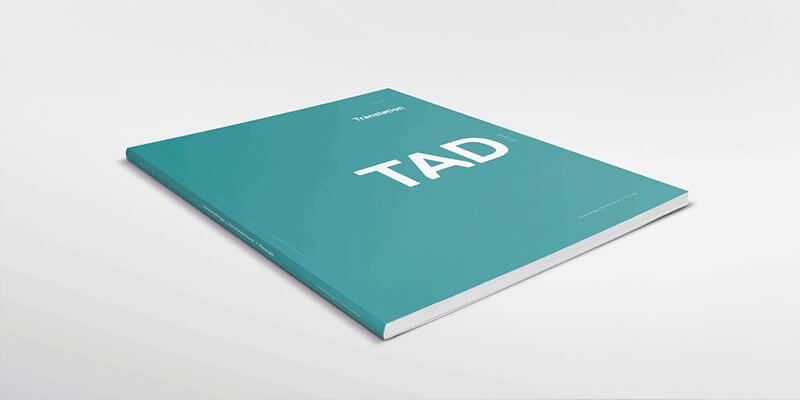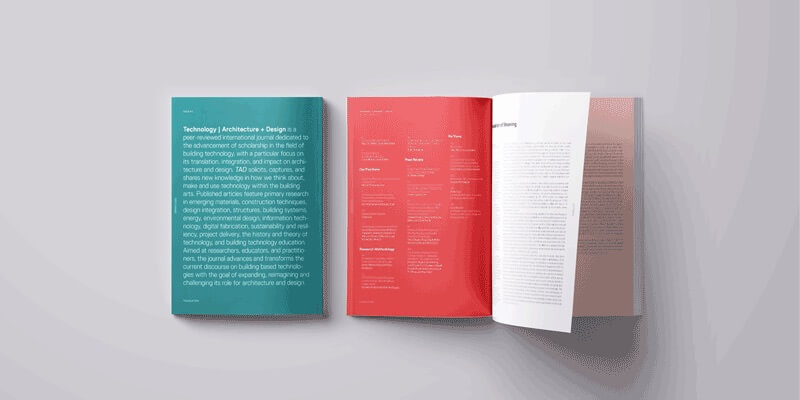TAD 4:1 Translation
The value of translation—of bridging the divide between concept and realization, between academia and practice—has been a core editorial mission of this journal since its inception. The work presented in this issue suggests that we need not position research and practice on opposing sides of a conceptual divide. The working methods that designers routinely bring to professional practice can be critical assets for developing more systematic yet unapologetically creative research practices. These habits of mind, such as the ability to recognize new problems and reconceptualize existing ones, to incorporate criticism, to be comfortable with ambiguity, and to change direction when the current problem-solving strategy proves ineffective, are essential for generating new knowledge. Thus, we might consider how the disciplinary logic and training of designers, architects, and engineers can inform a research agenda that, in turn, can nurture a more vibrant and sustainable built environment.
— Caryn Brause, Issue Editor


